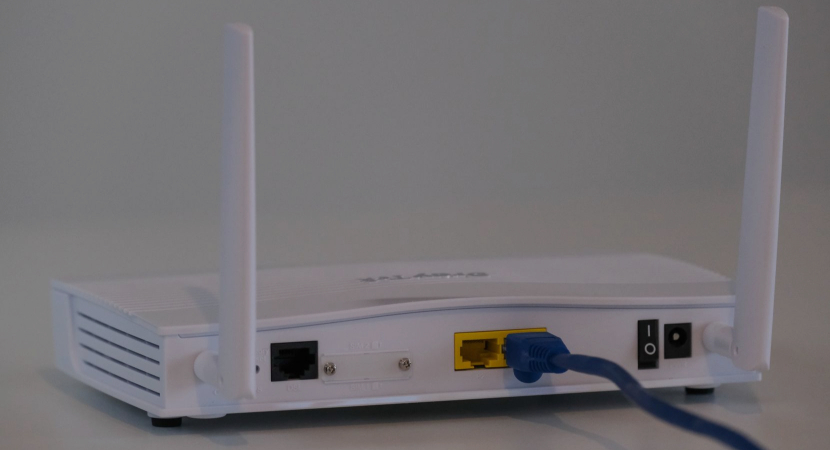HOW TO SET UP A VPN DIRECTLY ON YOUR ROUTER

These days, you need as much IP as possible. From telecommuting to simply watching your favorite game on a smart TV, the consumer attack area is 3-4 times larger than most of us had just one PC. That’s not just a concern, and it’s a task because you’ll need to install security software on all those devices. But while you can’t go around installing different antivirus software on all devices, you can at least make your network (VPN) worry about being powerless by skipping each device’s process and simply installing a VPN server on your router.
Why Get a VPN?
VPNs should have internet security for many reasons. First of all, they make your computer appear to be somewhere other than your location. That’s because you log in to a server running by a VPN provider and use your web sessions from there. Especially way that while cookies or Big Bad Government firms seek to trail you from your web assistance, they will acquire a VPN server supplier, not you. Best of all, like you, hundreds of thousands of people will do the same thing on the same server.
But VPNs do more for the unknown than your session. They also encrypt your traffic. VPNs can use various encryption methods, but the most popular are AES 128-bit or 256-bit standards.
Arriving at Your Route Configuration
Every router is a bit dissimilar, but nearly all Linksys routers come after the self-same pace when it approaches signing in and making interchanges to the layout. That process is similar to what you will find in other router products, too, so it is a good example of this topic. The prime aspect you need to find out your Internet Protocol (IP) address for your route. To do this in Microsoft Windows 10, click the start menu and type in Command Prompt, and click Enter. Then type pconfig and click Enter again. You should see the same thing on the screen below, but with different address numbers. Your route IP address will be listed.
Next, click on your browser and type in your IP address as URL (HTTP: \ 192.168.13.1). That will take you to the login for your router’s administrative console. If it is not Linksys, get your original installation instructions from when you first installed the router, and the default details will be there. Whether that document has been off for an extended time, next gaze at your router website and gain order to set up your router like routermobi following factory Levant. The default particular should be near overly. If it doesn’t do, you need to call the support line and demand.
Formerly you have gained the router controller use, and you will desire to acquire a console that permits for firmware modernized. Normally, You will find this under the Management tab. For specific instructions on Linksys routers, check here. Some router vendors will have the same instructions found on their support pages.
Download and install DD-WRT
Navigate to this page and enter your router model name. You will find a list of candidates. Select the one that matches your product number and your model number, then download the bin file.
Then, deriving out of firmware, modernize display, sync the bin folder, and stand-by. If all work goes well, afterward, you will possess a router that utilizes DD0-WRT and is therefore well suited with OpenVPN. Don’t be afraid if things are going south and your route decides you are no longer speaking. That happened to me while I was trying to improve the Linksys LAPAC1200 Access Point. Now do what I did. Go here on this page and listen to my command as it is. With any luck, you’ll be back to a good place to start trying again.
Once everything is set to fire up the plan, it should have to be. The welshing IP address for the latest DD-WRT installation is HTTP: //192.168.1.1. After this step, you can proceed to the basics of setting up your new router. For business users and those with highly advanced network needs, DD-WRT offers many advanced features, so using everything is beyond this topic. But for most home and business applications, you will need to set up your local area network (WAN) network, which means your Internet provider is actually. Generally, this will be available under the Dynamic Host Configuration Protocol (DHCP), which is a good place to start if you are unsure.
Setting up a VPN Client
There are ready-made instructions to set up your VPN client in DD-WRT multi-player PCMag VPN players. For sample, NordVPN has a DD-WRT setup order here, and Personal Internet approach VPN has the self-same item as its VPN here. Some VPN products will want to install its software. Others will want to use OpenVPN. Just follow the instructions for your VPN product, and you will follow.
Check Your Job Activity
DD-WRT has an impeccable Status tab with a VPN section that will show you when you’re connected, and everything works as expected. If you want to make the extra distance, you can check your IP by typing “What is my IP?” on Google. You should return something different than what you started with because you will be logged into Google from your VPN reseller server rather than your PC if your VPN is running properly. If that happens, good job!




